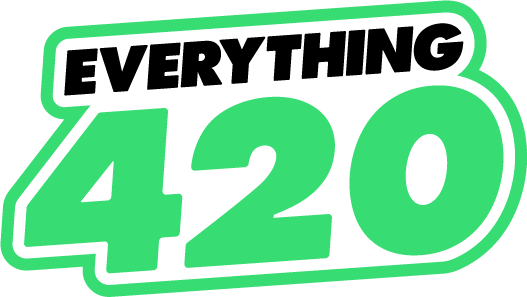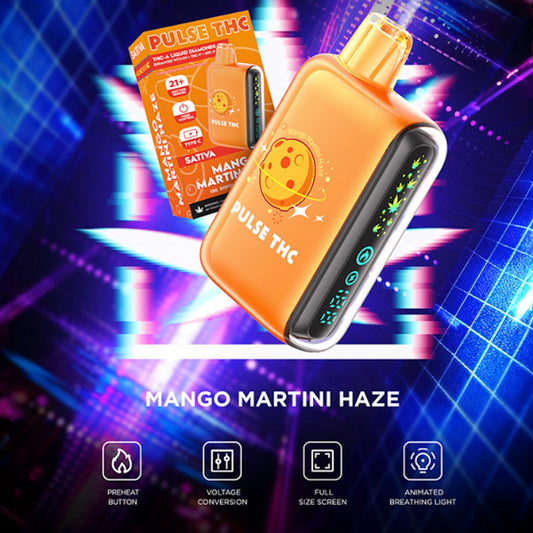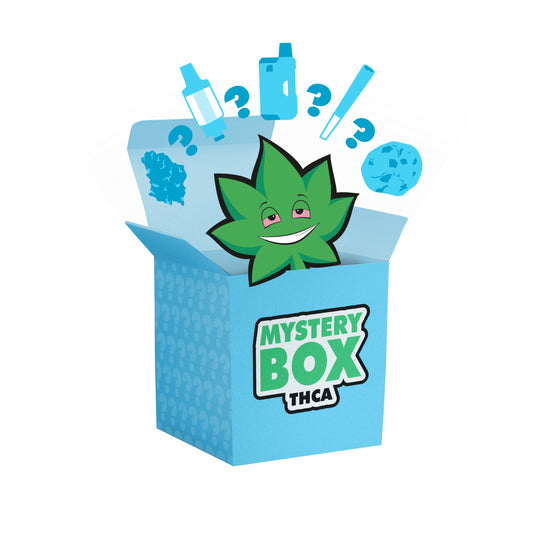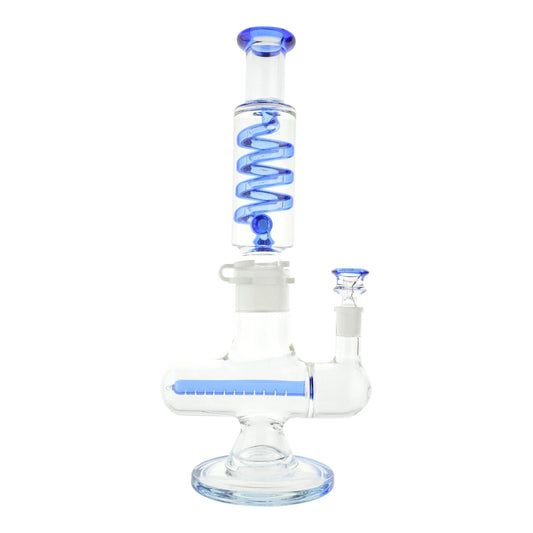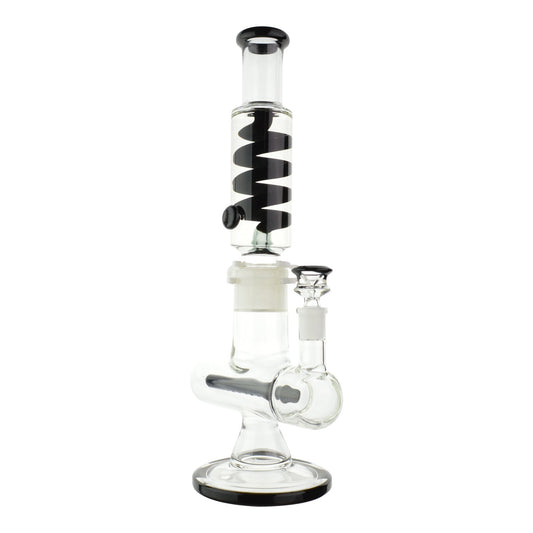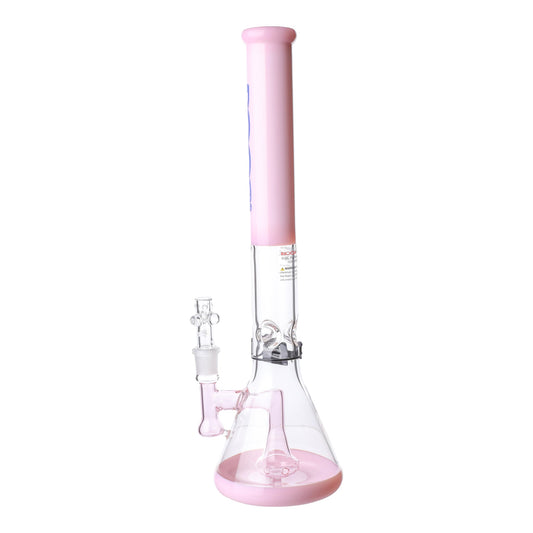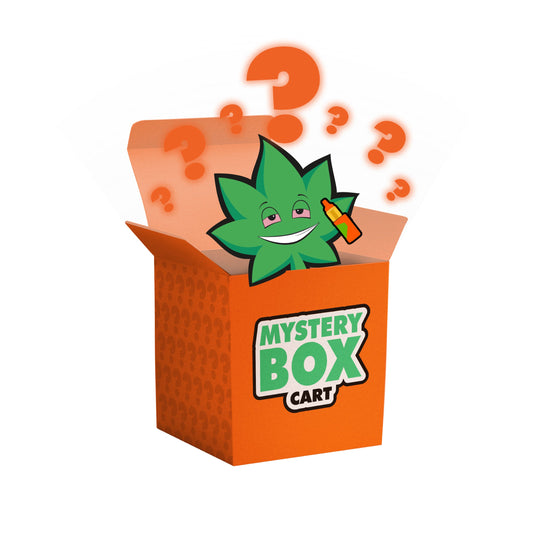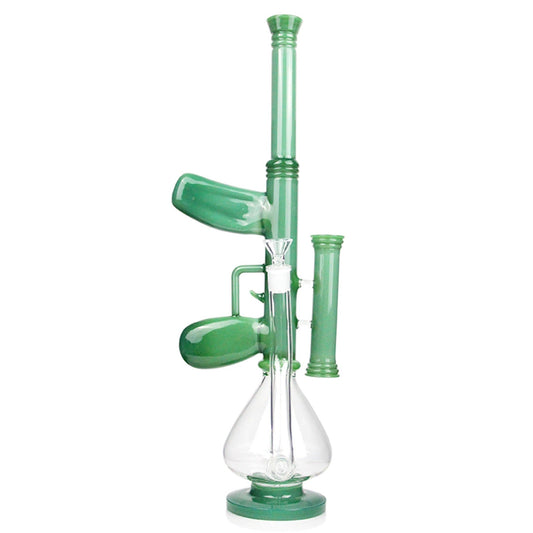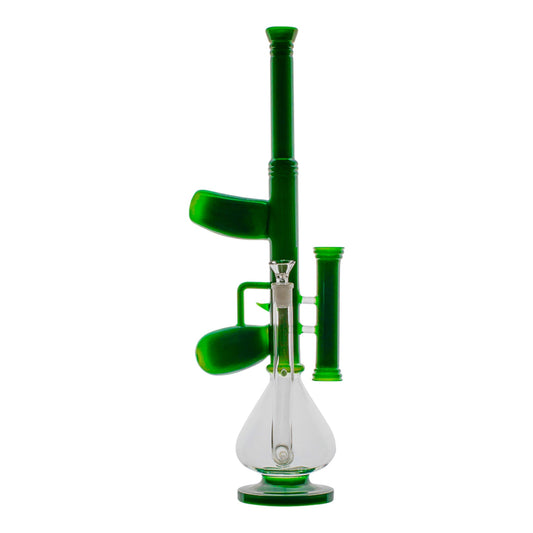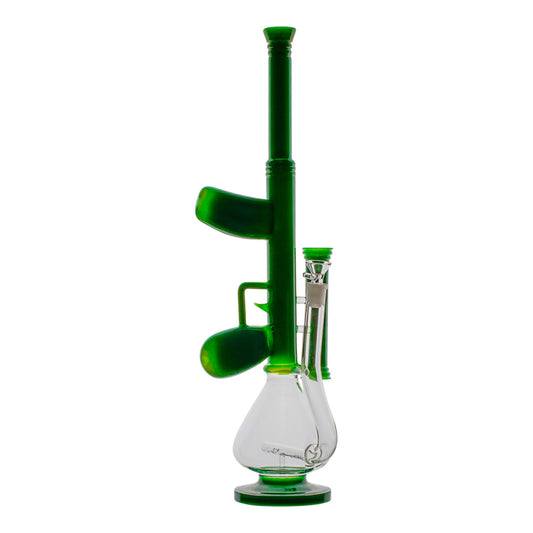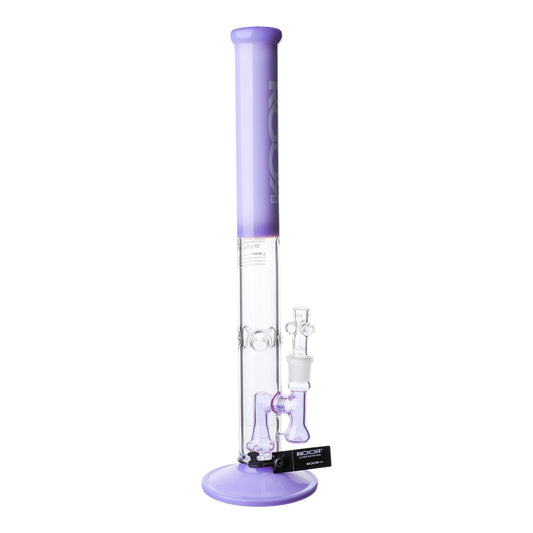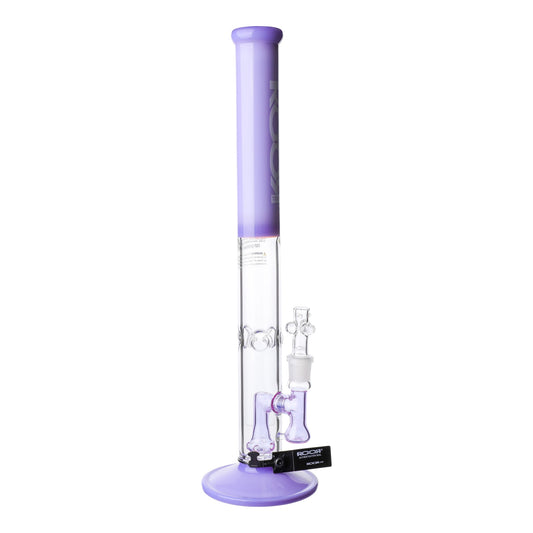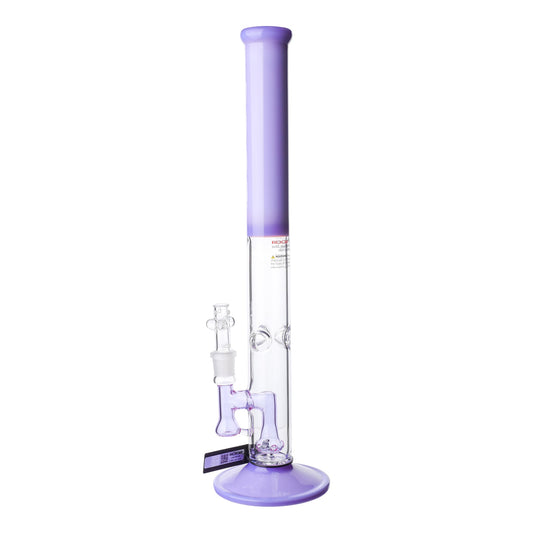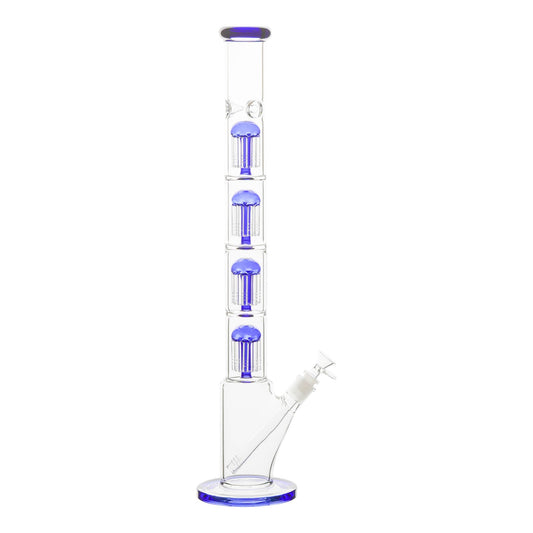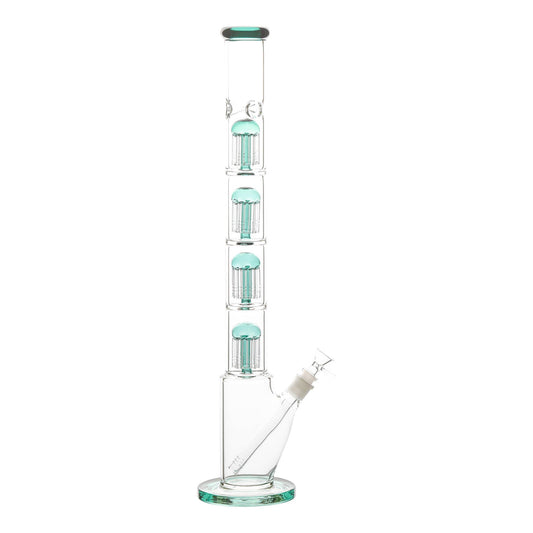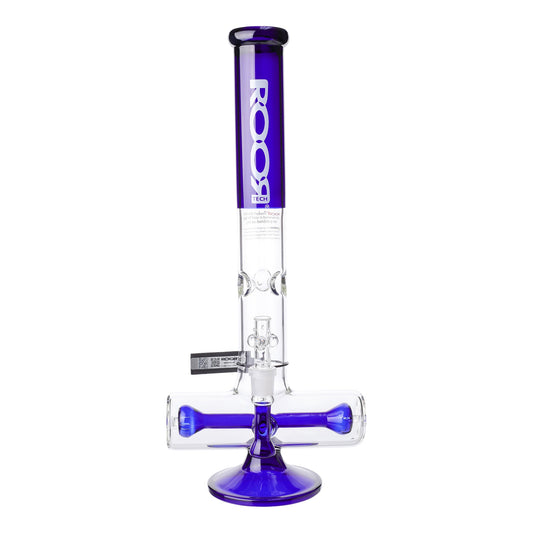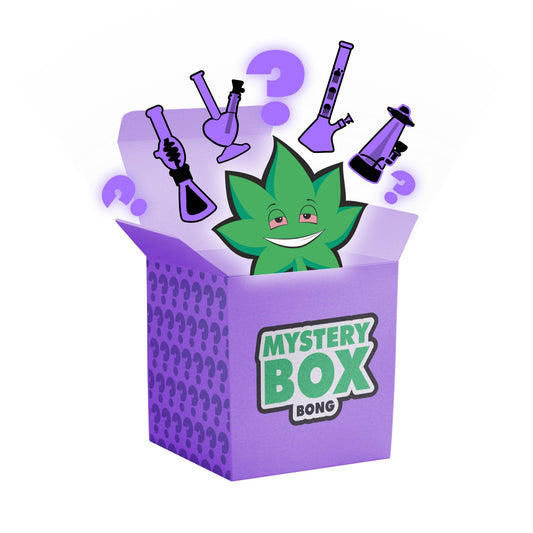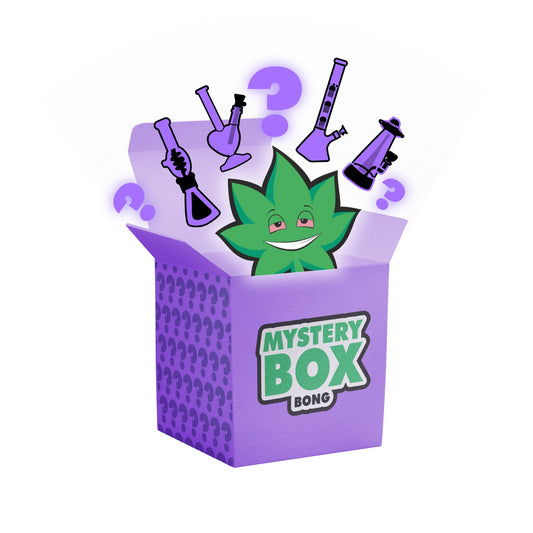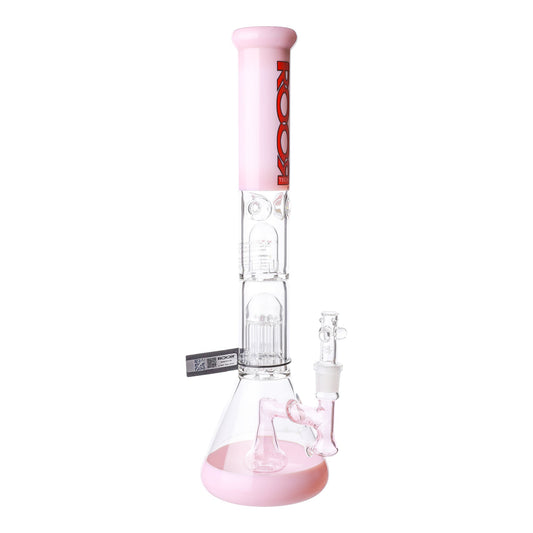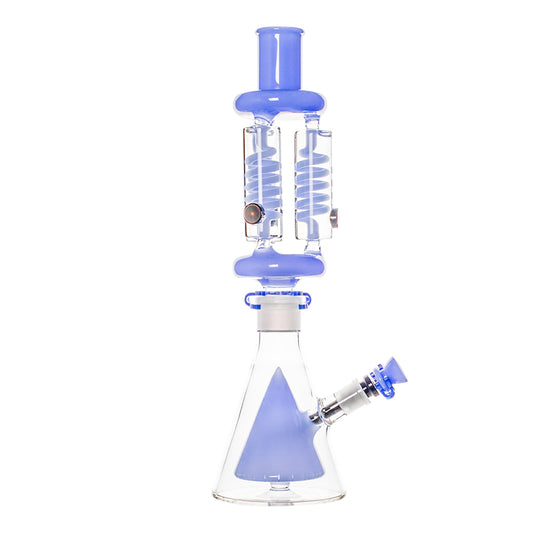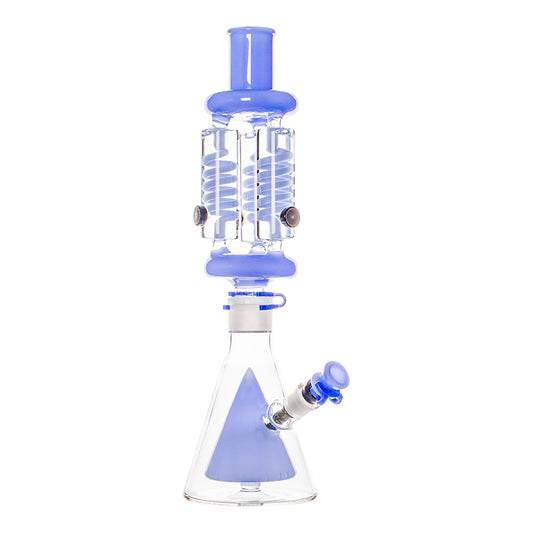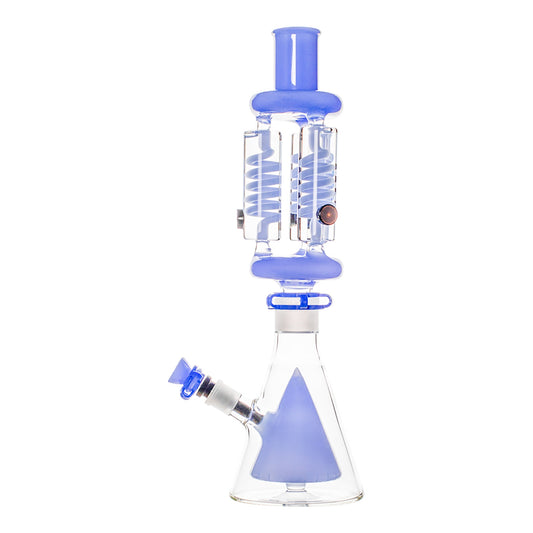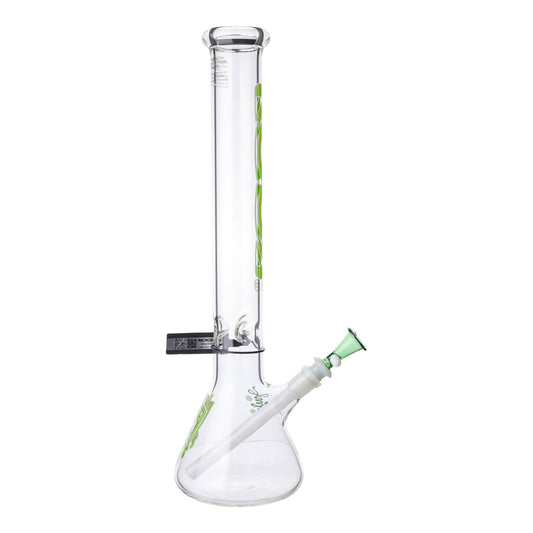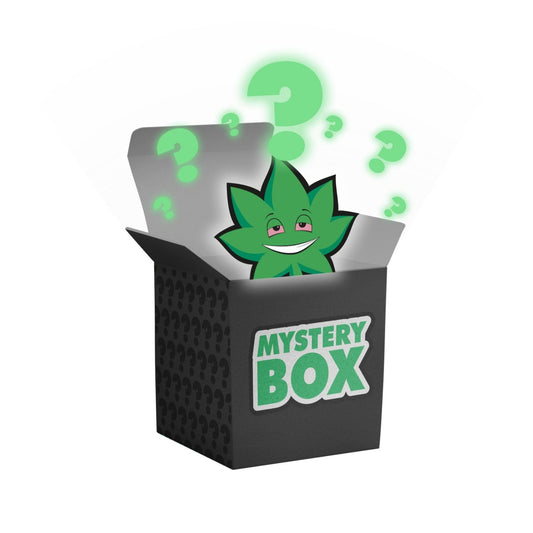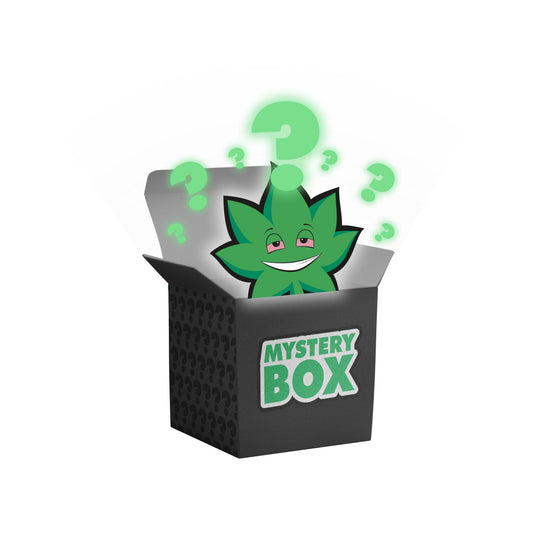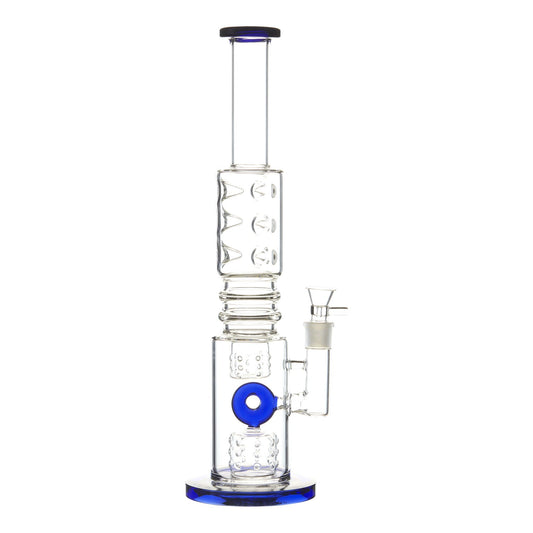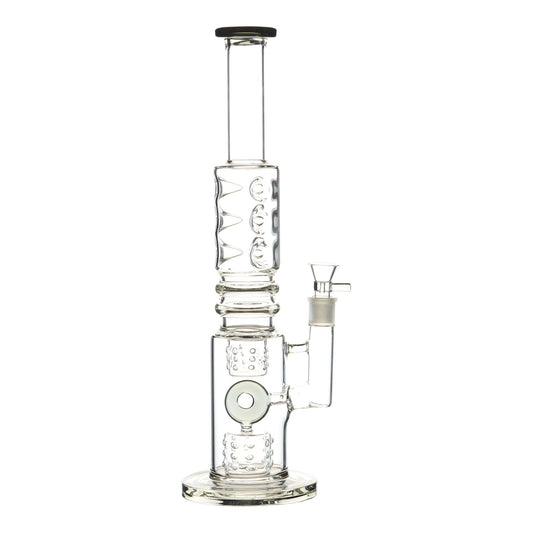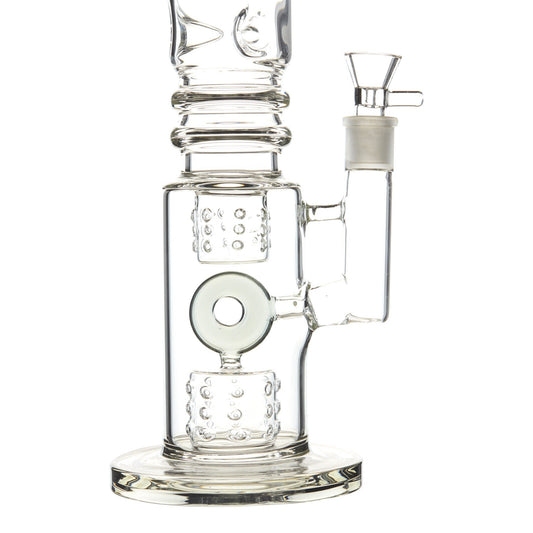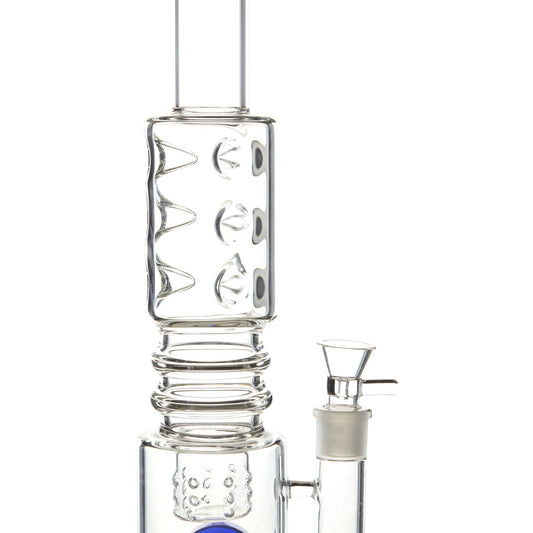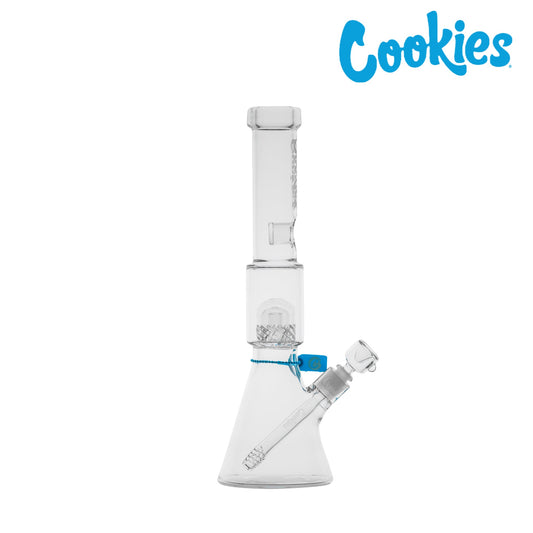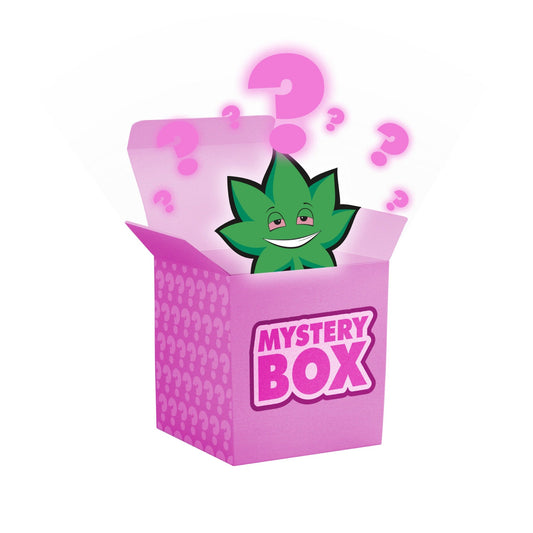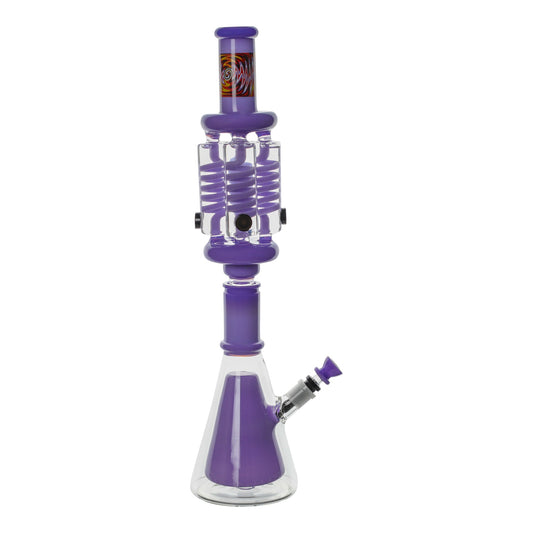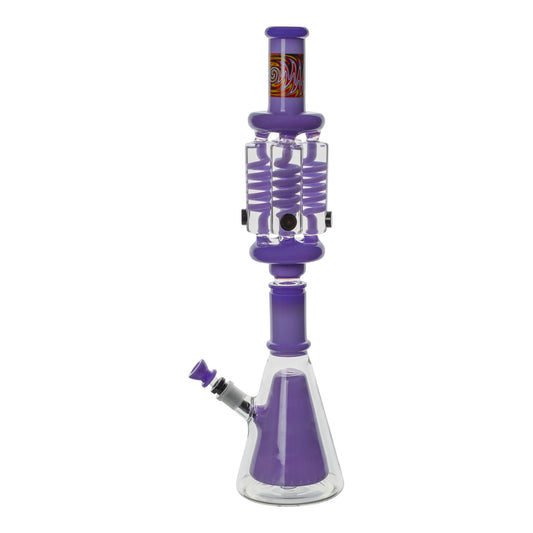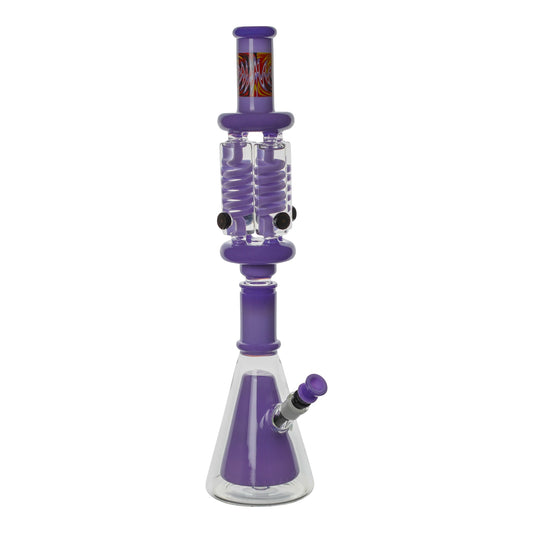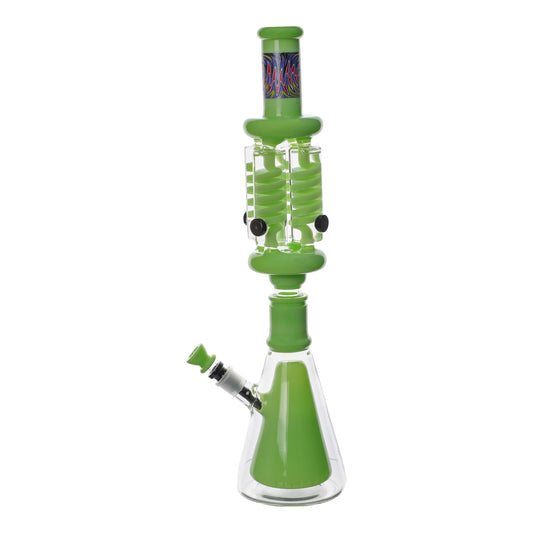Do you use cannabis products to treat nausea, morning sickness, vomiting, abdominal pain, or other feelings of queasiness? You’re far from alone! Numerous people consume cannabis to treat or at least ease these symptoms including those associated with cancer treatment, but did you ever think that cannabis could actually be the culprit behind the nausea? It sounds shocking, but it happens to some people who are habitual marijuana smokers. You may have even heard one of your smoking buddies mention CHS, but didn’t think anything of it. What is CHS disease and is it a cause for concern? Since it’s a fairly new finding amongst medical professionals, there are tons of questions that are left unanswered for people in the cannabis community who want to know more about this uncommon disease. Due to the minimal research conducted on the topic and few online forums that speak about CHS, it can be difficult to get accurate information. We’re going to give you a brief run down so you know exactly what is CHS from dabs, the treatment options available, the warning signs and symptoms you can look out for, how long it takes to develop, and how serious CHS really is. All of the following information is taken from the handful of published scientific papers available, specifically a comprehensive literature review completed in 2011 that examines all available studies pertaining to CHS.
What is CHS from dabs?
Marijuana is still listed as a Schedule 1 drug by the United States Drug Enforcement Administration alongside the likes of heroin, LSD, extacy, and others. That means that cannabis and THC products are illegal at the federal level despite several states having legalized the herb. Because of this, there is a very limited amount of scientific research done on cannabis related issues and how it affects and works with the human body and brain. This makes it difficult for people who want to use cannabis as a medicine or know more about potential cannabis-related symptoms they may be having. In addition, the lack of peer-reviewed studies dissuade most medical professionals from prescribing and learning more about various cannabis treatments. The same is true in regards to finding out exactly what is CHS and getting a diagnosis.
If you’re wondering what is CHS disease, you’re not alone. CHS stands for Cannabinoid Hyperemesis Syndrome and is a rare illness that develops in some heavy, long-term cannabis users. CHS isn’t limited to one method of consumption. The syndrome can occur in people who smoke dabs, but is also found amongst ritual dry herb smokers and edible users as well. Like many other cannabis-related issues, CHS is a relatively new discovery with very little known about it besides what can be found on online forums for cannabis enthusiasts and a handful of studies. Without these few studies, some people may not believe that Cannabinoid Hyperemesis Syndrome is real at all! This is typically because cannabis is thought to help with nausea, morning sickness, and abdominal pain, but in fact, these are also some of the most common signs that someone has developed CHS. A research paper from 2011 describes Cannabinoid Hyperemesis Syndrome as “characterized by chronic cannabis use, cyclic episodes of nausea and vomiting, and frequent hot bathing. Cannabinoid Hyperemesis Syndrome occurs by an unknown mechanism. Despite the well-established anti-emetic properties of marijuana, there is increasing evidence of its paradoxical effects on the gastrointestinal tract and CNS.”
How do I know if I have CHS?
The most common follow up question to what is chs from dabs is how do I know if I have CHS? Some of the manifestations of CHS disease that you may be feeling are so common that you may not know you have an illness at all. Unfortunately, most of these symptoms are very prevalent and are seen in a wide range of illnesses so they are often misdiagnosed. Cyclic Vomiting Syndrome for example causes nearly identical symptoms of frequent nausea and vomiting and is the most common misdiagnosis for Cannabinoid Hyperemesis Syndrome.
CHS weed signs and symptoms
Researchers have split up Cannabinoid Hyperemesis Syndrome into three phases or categories based on specific indicators. These are the prodromal, hyperemetic, and recovery phase.
Prodromal phase
This initial phase is expressed by a variety of symptoms that slowly increase in severity with continued cannabis use. The prodromal phase can last over the course of many months and even years with early onset nausea and slight warning signs. At his point, patients often continue to consume cannabis and even increase use due to the belief that weed will help relieve their nausea. Cannabis users going through the prodromal phase continue to eat foods and drink like normal since at this point actually throwing up isn’t very common.
- Morning sickness (early morning nausea)
- Stomach pain and overall abdominal discomfort
- Nausea
- Fear of vomiting
Hyperemetic phase
If left undiagnosed and cannabis use remains constant or increases, the patient may enter the hyperemetic phase of CHS. This phase is described as an intensification of the prodromal phase symptoms to the point of being incapacitating along with increasing effects such as dehydration and weight loss due to repeated vomiting. It’s common for those with CHS to have such debilitating vomiting and retching that they go to the emergency room. Despite many diagnostic tests and imaging taken at the hospital, many patients are found to simply be dehydrated and are hemodynamically stable, which leads to unrevealing results and/or misdiagnoses. Most people with CHS don’t get an immediate diagnosis by healthcare professionals due to the similarity in symptoms with several other illnesses, with some people undiagnosed for up to nine years! CHS patients begin to take hot showers or bathe incessantly as this often helps soothe the abdominal pain and nausea. The hot temperature of the water also seems to ease the vomiting and retching associated with CHS. While scientists aren’t exactly certain why CHS symptoms are alleviated with hot showers, they believe that “hot bathing may act by correcting the cannabis-induced equilibrium of the thermoregulatory system of the hypothalamus…The brain may react to changes in core body temperature due to the dose-dependent hypothermic effects of [THC]. Alternatively, the bathing behaviour may be a result of direct CB1 receptor activation in the hypothalamus by [THC] or another active compound and may not necessarily be a response to changes in core body temperature.”
- Strong, persistent nausea and vomiting without warning (up to five times per hour)
- Frequent retching attacks (up to five times per hour)
- Abdominal pain
- Dehydration with stable blood pressure and heart rate (hemodynamically stable)
- Weight loss (affects roughly 70% of those with CHS)
- Frequent showering or bathing (affects around 60% of CHS patients)
Recovery phase
Depending on the case, the recovery phase can be just a few days or last several months. Once cannabis use is stopped, the symptoms will follow. As the nausea, stomach pain, retching, and persistent vomiting subsides, normal eating and drinking habits resume and CHS patients will return to their normal weight. Frequent showering also returns to normal patterns since the symptoms of CHS are eased and hot temperatures are no longer needed.

Is CHS serious?
Cannabinoid Hyperemesis Syndrome can easily become serious and life threatening when in the hyperemetic phase for a long period of time. This is due to the severe and constant vomiting that results in a loss of more fluids than the body is taking in (dehydration) and a loss of appetite (malnutrition). When left untreated, chronic dehydration affects everything from one's mood, coordination, memory, ability to regulate body temperature, decreased urination, an increase in heart rate to stabilize blood pressure, and in prolonged severe cases, can even lead to death. In addition to dehydration, repeated vomiting can lead to other serious complications including severe tooth decay, electrolyte imbalances, malnutrition, esophagus inflammation (esophagitis), and Mallory-Weiss Syndrome. Electrolyte deficiencies alone can cause seizures, brain swelling, kidney failure, and dizziness.
How long does it take to develop CHS?
According to the 2011 CHS literature review, “In nearly all cases there is a delay of several years in the onset of symptoms preceded by chronic marijuana abuse. Daily marijuana use is characteristic and often reported as exceeding three to five times per day.” Even if you don’t think that you have Cannabinoid Hyperemesis Syndrome, it’s still a good idea to take breaks and do a cannabis cleanse every once in a while if you are a chronic cannabis user. Roughly 75% of all CHS patients used cannabis products daily for over a year. The main risk factors for developing CHS are frequent cannabis use (20 days or more per month), high THC potency such as those from cannabis concentrates like wax, and high doses. While there is no evidence that refraining from cannabis use for prolonged periods of time delays the development of CHS, it will lower your tolerance level so you won’t need as much THC to feel the same high, ultimately saving you money in the long run. Remember that Cannabinoid Hyperemesis Syndrome is rare and just because you have nausea doesn’t mean that you have CHS. The best way to see if your stomach pain and persistent nausea and vomiting are caused by CHS before it progresses into the debilitating hyperemetic phase is to stop smoking marijuana completely to see if the symptoms go away on their own. If they don’t go away after a month or so of stopping all cannabis use, it may be time to see a healthcare professional to see what the underlying cause of your nausea and vomiting is since it’s possible you have another health issue that was masked or eased by cannabis use. Researchers are still unsure as to exactly why some people develop Cannabinoid Hyperemesis Syndrome, while most daily marijuana smokers do not.
How long can CHS last?
You won’t want to hear this, but Cannabinoid Hyperemesis Syndrome will continue to progressively get worse if cannabis consumption continues. The only effective treatment is refraining from cannabis use altogether. As mentioned earlier, the prodromal phase, which is characterized by slight nausea, morning sickness, and the feeling of vomiting but not actually throwing up can last many months, if not years before it progresses to more severe symptoms that can’t be disregarded.
How do you fix CHS?
Now that you know what is CHS from dabs, the real question remains. How do you fix CHS? Is there treatment? And will CHS disease go away if you simply stop smoking weed? Cannabis cecassion is the only “treatment” for CHS. Yes, you heard that right. For the unlucky few that develop Cannabinoid Hyperemesis Syndrome, they will have to stop cannabis consumption altogether to get rid of their symptoms. Over-the-counter medication and prescription anti-nausea and pain medications including anti-nausea treatments don’t seem to have an effect on CHS symptoms. As noted previously, hot showers or baths offer temporary relief but quickly become compulsive and some CHS patients also note that topical capsaicin cream also offers some relief from their symptoms. Proton pump inhibitors as part of acid suppression therapy are also helpful. If hospitalized, intravenous fluids may be used to quickly combat severe dehydration from constantly throwing up. While there aren’t too many studies about how marijuana causes CHS, these negative gastrointestinal actions are thought to be predominantly related to tetrahydrocannabinol (THC). This means it could be possible to continue to use cannabidiol (CBD) products without having CHS come back, though more research is needed. Unfortunately, Cannabinoid Hyperemesis Syndrome is a recurring illness that will return if the person decides to consume cannabis again even after having intermittent periods of being symptom free. This is a common occurrence amongst CHS patients since they think that an extended period of refraining from smoking and having no CHS symptoms means that they can return to smoking and won’t develop Cannabinoid Hyperemesis Syndrome again, but that is simply not the case. Some healthcare professionals recommend drug rehabilitation programs for smokers who can’t completely stop their cannabis use and continue to relapse and have recurring CHS.





